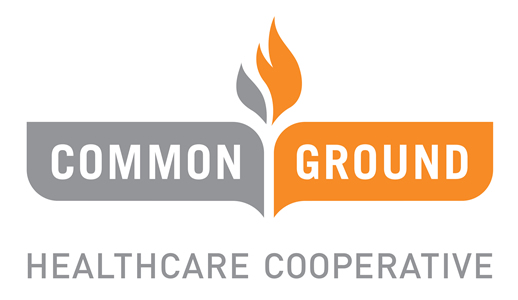
11 Nov Good to Know: Low Premium Doesn’t Always Mean Low Cost
Selecting the right health insurance plan can feel like navigating a maze of options, each with its own set of trade-offs. Lower premium health insurance plans often catch the eye with their affordable monthly costs, promising to ease the burden on your budget. However, behind these lower premiums lie a series of considerations that can impact your healthcare experience. In this post, we’ll discuss the advantages and drawbacks of opting for lower premium plans, shedding light on the potential cost savings and the trade-offs in coverage and out-of-pocket expenses. Understanding these nuances will help in making an informed decision that aligns with your healthcare needs and budget.
Today more than ever, consumers are watching their budgets. So, when looking at health insurance, many people look to low premium plans thinking they will be the most cost-effective choice.
But low premium doesn’t always mean low cost, especially when you factor in out-of-pocket costs. Let’s dig deeper.
Benefits – and drawbacks – of low-premium plans
A premium is the amount you pay each month for your health insurance coverage, whether you use healthcare services that month or not.
Low-premium plans can save you money on your monthly fees. This can free up more of your budget for things like groceries, rent or mortgage, auto payments, and other household expenses.
Sounds good, right? However, plans with low premiums often have higher-out-of-pocket costs, including:
- Co-pays (a fixed fee that you pay each time you see your doctor or fill a prescription)
- Deductible (the amount you pay for health care services before your insurance begins to pay)
- Co-insurance (the amount you pay for covered healthcare after you meet your deductible)
If you frequently use medical or pharmacy services, these out-of-pocket expenses can add up quickly. They can also cause an issue if you have a medical emergency or unexpected diagnosis.
Who saves money with lower premiums?
A low-premium plan may be a good choice for people who don’t often need health services. However, even with a low-premium plan, it’s wise to set aside money, in case an unexpected emergency does occur.
Is there an out-of-pocket maximum?
Health insurance plans are federally mandated to have an out-of-pocket maximum, or a limit on the amount of money you have to pay for covered services in a plan year. This was put in place to help reduce the chance of financial ruin if you have unplanned medical expenses. However, you are still required to pay up to the out-of-pocket maximum, which may be several thousand dollars.
Tips for choosing a plan
When looking at health insurance premiums, it’s important to remember:
- Lower premium plans generally have higher deductibles.
- Higher premium plans generally have lower deductibles.
You’ll also want to look at your healthcare usage in the past year. Have you developed any health issues? Are you pregnant or planning to get pregnant? Do you have any surgeries scheduled? Do you take prescription drugs? These are all things that may increase your healthcare usage and your possibility for out-of-pocket costs, so a low-premium plan may not save you as much money in the long run.
Remember, out-of-pocket expenses like co-pays and deductibles play a key role in your overall health insurance costs. Before choosing the lowest-premium plan, be sure to review your potential out-of-pocket costs. This will help you make the best decision for your family – and budget.
To learn more about coverage available in Eastern Wisconsin from Common Ground Healthcare Cooperative, go to commongroundheathcare.org or call 855.494.2667.


